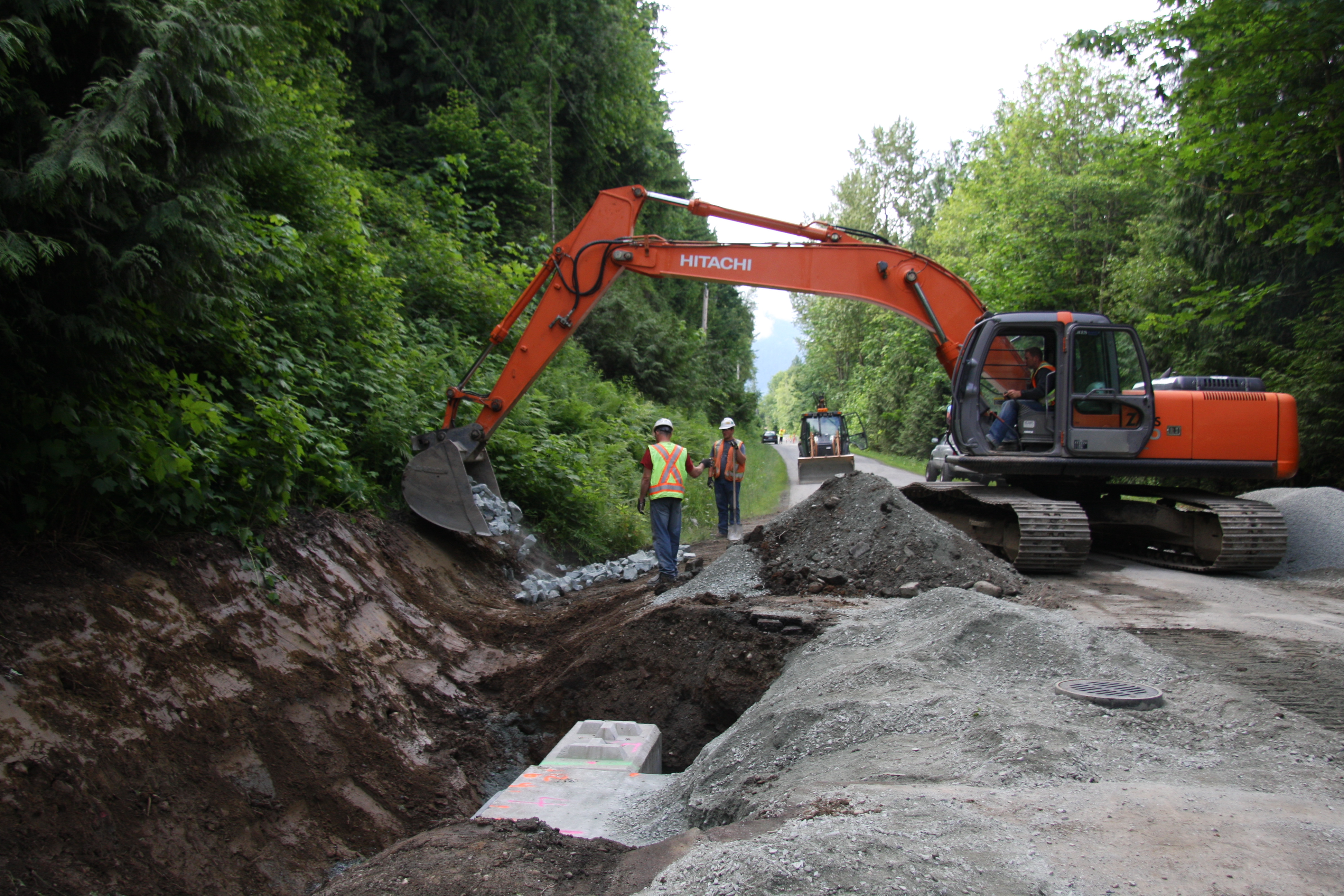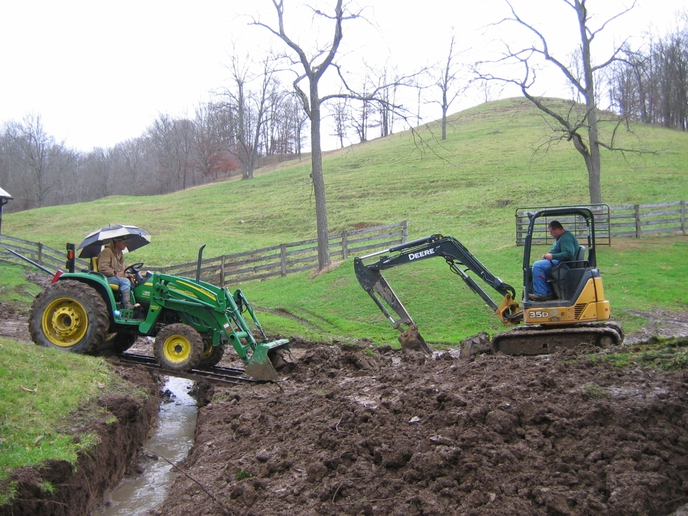Thorough Underbrush Clearing for Land Management
Thorough Underbrush Clearing for Land Management
Blog Article
Understanding Culvert Installation: Increase Your Land Drain Initiatives
Efficient land drainage is a crucial element of effective agricultural and framework jobs. Culverts play a significant function in managing water flow and avoiding erosion, making their correct installation crucial. From selecting the right products to executing ideal practices, understanding culvert installation can dramatically improve the performance and longevity of your land drainage system. By comprehending the intricacies of culvert setup, you can optimize your water drainage efforts and guarantee sustainable land usage techniques.
Relevance of Culvert Installation
Making sure correct culvert setup is extremely important for maintaining efficient land water drainage systems. Culverts play an essential function in managing water circulation, preventing erosion, and preserving the structural integrity of roadways, bridges, and various other framework. Correct setup of culverts helps to funnel water far from roads and structures, decreasing the danger of flooding and water damage. Additionally, well-installed culverts aid in avoiding debris build-up, which can result in obstructions and reduced water flow.
Correct Sizing and Positioning

Correct positioning of culverts is just as crucial. Culverts need to be placed at the most affordable factor of the location needing water drainage to make certain efficient water flow.
Product Choice Tips
Selecting the ideal products is extremely important in guaranteeing the toughness and capability of culverts for effective land water drainage systems. When choosing materials for culvert installment, it is vital to think about aspects such as the water circulation rate, soil structure, and environmental problems of the website.
One of the most typical materials used for culverts is corrugated metal. Concrete culverts are ideal for areas prone to deterioration or when a longer service life is preferred.
For environmentally delicate areas, plastic culverts might be chosen. Plastic culverts are lightweight, immune to deterioration, and simple to carry and set up. They are also known for their smooth interior, which helps to keep effective water flow. Additionally, in areas this article where all-natural aesthetic appeals are vital, products like rock or timber can be used to build culverts that mix perfectly right into the surroundings. Inevitably, the option of material ought to be based upon a comprehensive evaluation of the particular needs and problems of the land drainage task.
Installation Techniques and Best Practices
Offered the critical significance of product selection in ensuring the functionality and long life of culverts, the installment techniques and ideal methods play an essential function in the general success of land drainage systems. Correct setup is crucial to avoid problems such as leakages, falls down, or clogs that can compromise the efficiency of the culvert.

During installment, treatment must be taken to line up the culvert correctly and provide proper support to avoid contortion. Backfilling must be done progressively and compacted in layers to stay clear of spaces and settlement. Correct compaction is vital to avoid shifting or sinking of the culvert gradually.

Upkeep and Long-Term Treatment
Implementing a thorough maintenance plan is my website crucial for making sure the longevity and reliable efficiency of culverts in land water drainage systems. Regular inspections ought to be performed to inspect for any type of signs of damage, blockages, or erosion that can jeopardize the capability of the culvert. Clearing particles such as fallen leaves, branches, and sediment is crucial to avoid clogging and preserve the flow ability of the culvert. Greenery control around the culvert location is likewise important to avoid roots from triggering architectural damages.
Routine maintenance jobs might include cleansing, fixing joints, reinforcing inlet and outlet structures, and guaranteeing correct slope and alignment of the culvert. Maintaining detailed site here records of upkeep tasks, evaluations, and fixings is important for tracking the condition of the culvert over time and preparing future maintenance requirements.
Conclusion
In final thought, grasping culvert setup is important for reliable land water drainage. By complying with finest techniques and implementing long-term treatment approaches, landowners can enhance their drain efforts and make sure the long life and capability of their culverts (Tree removal).
Report this page